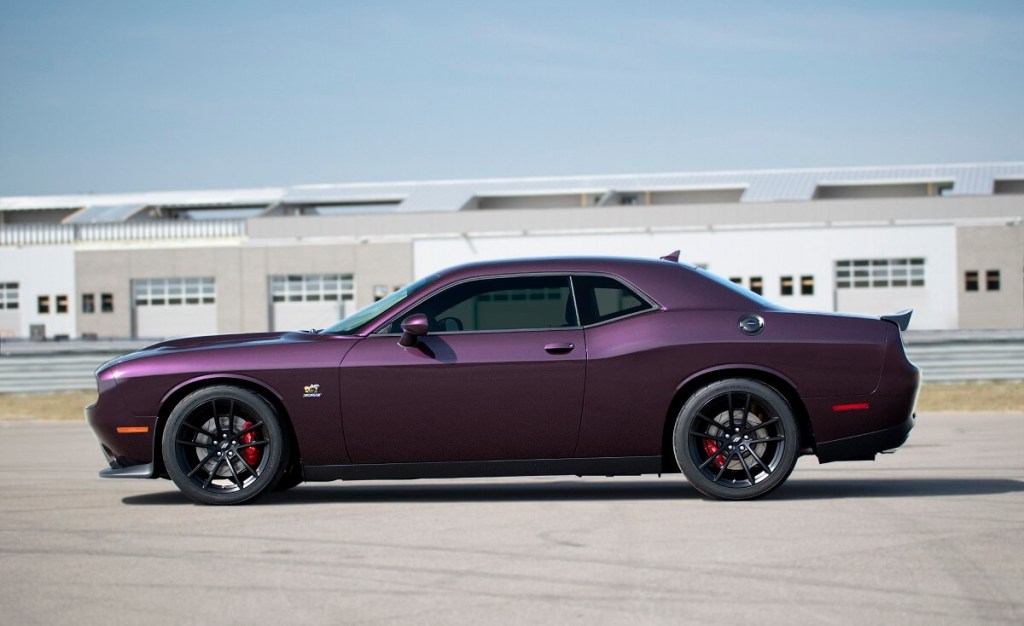
Why Did Dodge Pick the Name Scat Pack?
When you see that little bee logo on a Dodge you can easily recognize it as a “Scat Pack.” Of course, such an odd name has to have an interesting origin story. If you’ve found yourself wondering about the history and origin of the name and logo, you’re not alone.
What does Scat Pack mean for Dodge cars?
The iconic nameplate originated in 1968 and referred to a specific quarter-mile accomplishment. Specifically, to earn the title, the car had to run a 14-second quarter mile. Moreover, the original Dodge “Scat Packs” included the Coronet, Super Bee, Dart GTS, and Charger R/T.
Chrysler and Dodge were sued over the Scat Pack namesake
What originally started as a marketing campaign from Dodge has become a well-established name in muscle car culture over the past few decades. The bee-clad namesake was reportedly derivative of Frank Sinatra’s tight-knit group of friends, commonly referred to as the “Rat Pack.”
The Scat Pack’s history wasn’t always filled with speed and jazz, as the name churned up turmoil when Chrysler Group was sued over franchising rights. For instance, Scat Enterprises took their grievance to court after an uneventful cease-and-decease letter. Scat Enterprises is a performance company that made aftermarket parts for Dodge models and claimed that the iconic nameplate belongs to them.
While seeking damages, Scat Enterprises also requested the company turn over all badging and related merchandise along with a large payout for damages. Of course, Chrysler claims the nameplate and its popularity is due strictly to its marketing strategies.
Which cars are Scat Packs today?

Since the disputed claims, the Scat Pack has proudly emblazoned Dodge’s two leading performance models: the Challenger and the Charger. Moreover, with the departure of the SRT 392 models, the two 6.4L V8-powered of the most powerful naturally-aspirated models in the domestic market.
Editor’s note: Gabrielle DeSantis contributed to this article.



